You cannot certainly say that Romans were unprepared when they erected their walls. More than 2,000 years passed since their domain, but many visible traces of their building works are visible over Europe, being testimonies to a longevity and technical accuracy that are definitely hard to find in the present great contemporary works.
According to a list edited twenty years ago (1995) by archaeologist Vittorio Galliazzo, the Roman bridges counted are about 900, spread in all the provinces that once constituted the Roman Empire. It is a great number indeed, especially if you think about how much time has passed since their construction.
Bridges to aggregate, bridges to celebrate, but most of all, bridges to establish a connection between the men and their gods.
Maybe the last example is slightly too exaggerated, especially if seen through our contemporary eyes, but you should know that, in the Roman times, the art of constructing bridges was something extremely sacred, to the point that the construction was entrusted to the most important minister of society, the Pontifex Maximus.
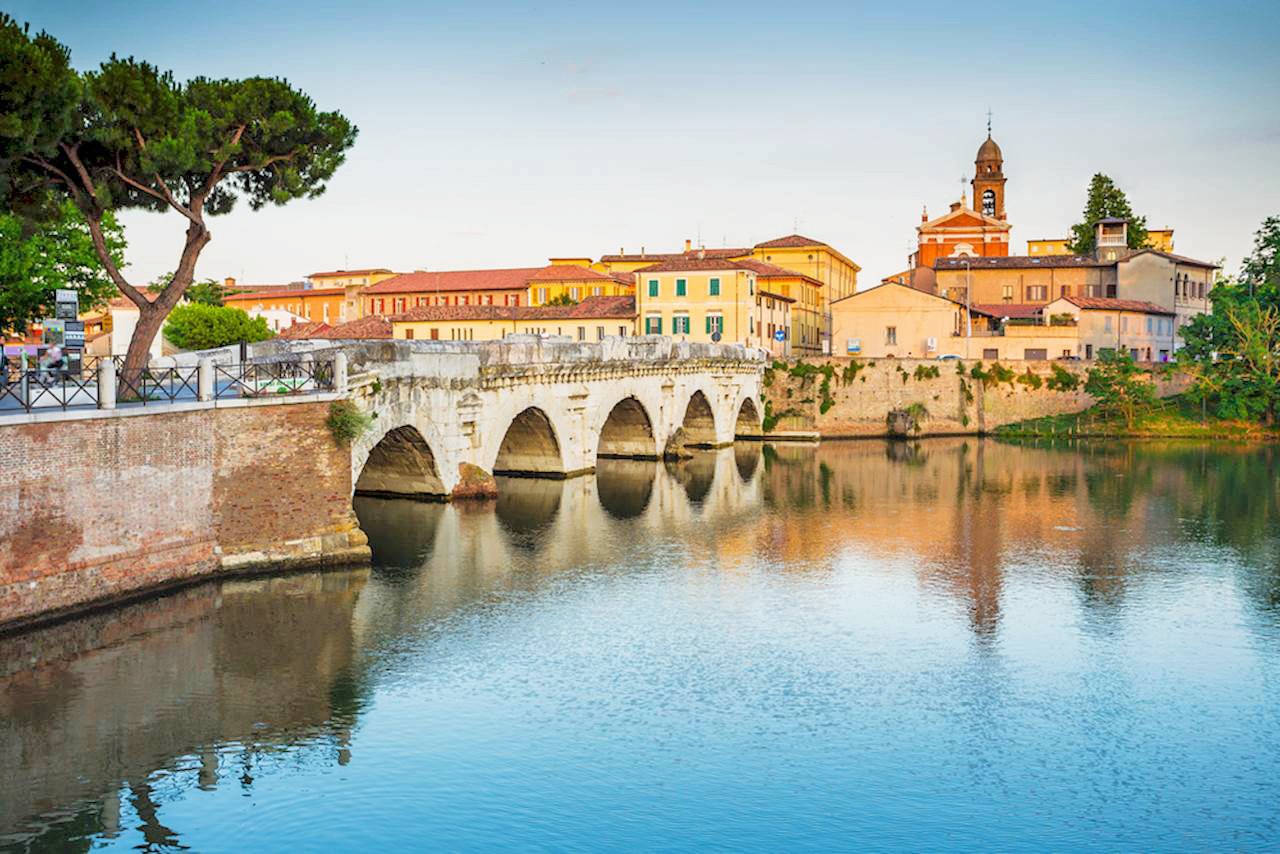
The birth of the Bridge of Tiberius
Rimini is one of the cities that records the Roman traces. Among them is an example of a perfectly balanced mix of functionality and spiritual exaltation: it is the Bridge of Augustus and Tiberius, commonly known as the Bridge of Tiberius, whose first stone was laid down during Augustus reign.
It was 14 A.D. and the colony of Rimini needed after the Civil Wars a public general reconstruction of the infrastructures of its residential area. The works continued on and off, ending only seven years later, in 21 A.D. during Tiberius rule.
Rimini became, in this way, a central crossroad in the road system of the Roman Italy. The new bridge did not just mark the beginning of the Via Emilia headed to the heart of Northern Italy, to Bologna and Piacenza, but it was also the start of Via Popilia headed to Ravenna and Adria. In addition, also Via Flaminia towards Rome and the street that leads to Arezzo across the Apennines touched the city of Rimini.
The techniques of construction
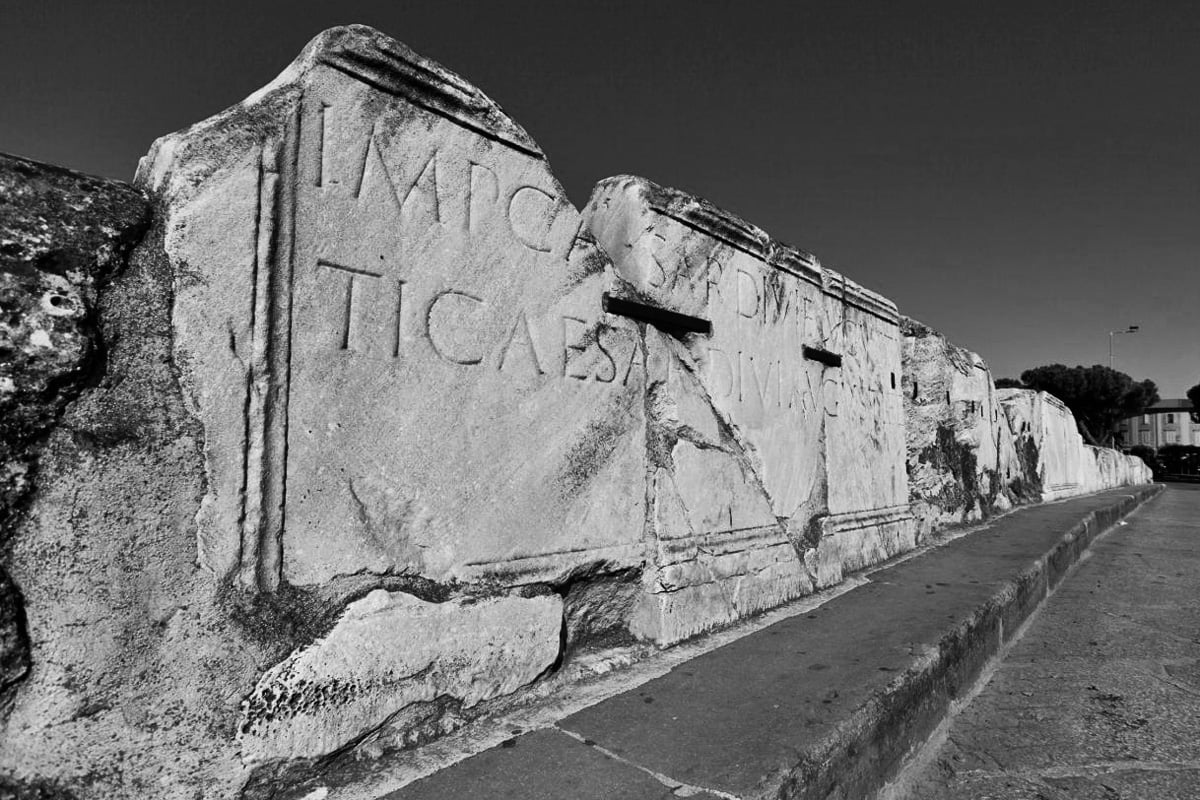
Entirely made of Istrian stone, the Bridge of Tiberius represents one of the most impressive Roman bridges still standing. Laying on the old course of the river Marecchia, it was certainly built to replace an earlier bridge.
In a Doric style, with no less than five arches, the line of the bridge is slightly curved (also said “donkey back”). At the very beginning, it must not have been longer than the current 74 mt. Paved with the traditional trachybasalt cobblestones, it was 4.08 mt large and sided by a 30 cm high and 60 cm wide pedestrian walkway that can be traversed still today.
It is a symbol of the technical and engineering skills of the Romans, in which the arches lean against massive pillars immersed in the water and supported by a system of isolated wooden poles, while a series of breakwater-buttresses positioned aslant the axis of the bridge reduce the force of impact of the flowing river.
The bridge, a symbol of image and power
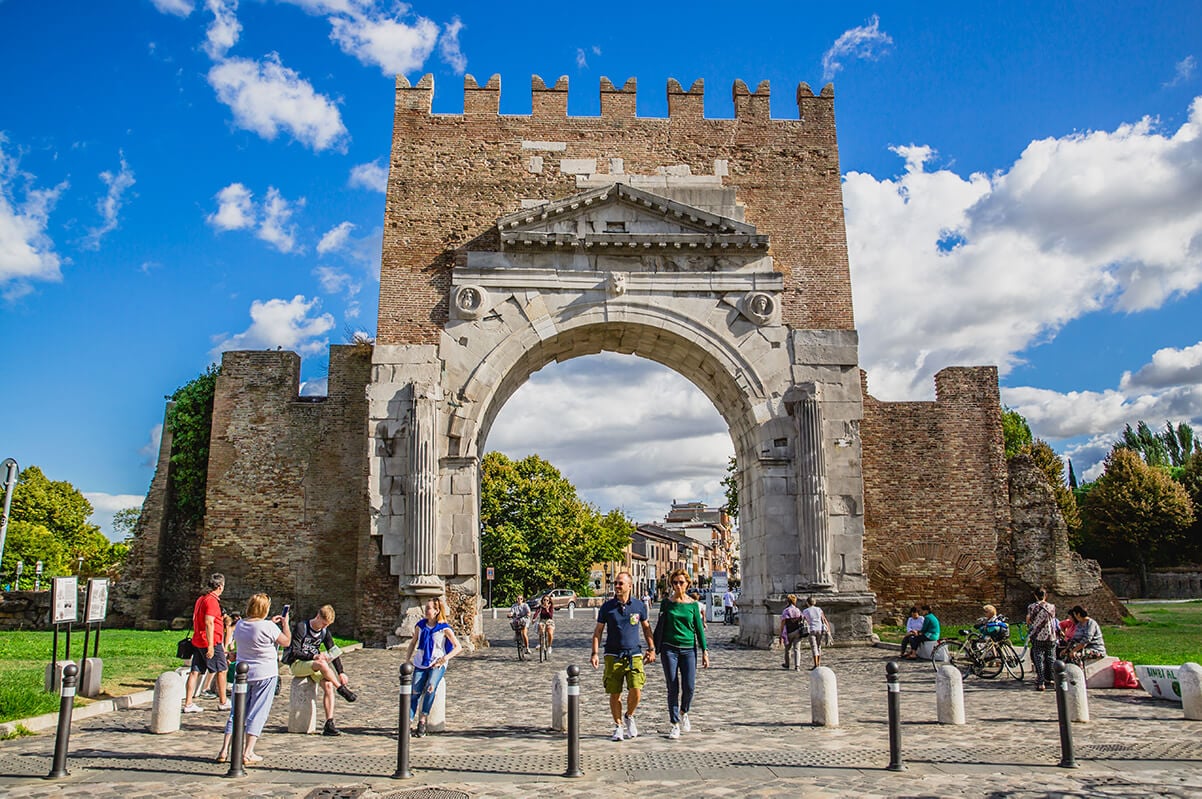
Even though the figurative part is not very complex, the construction features symbols and images of power that recall the important sacred role the emperor played in connecting men and gods: little stylised temples, a little jug for ablutions, a collection plate, the curved rod of religious ministers and magistrates (lituus), and again, a big shield and a crown made of oakwood.
Together with the Arch of Augustus, the bridge is one of the fundamental symbols of the imperial power in Rimini, in which the inhabitants recognized themselves and the value of their ruler, and, as a consequence, embraced his politics.
Over the centuries, these two road infrastructures changed into real emblems of the identity of Rimini, starting to appear even in the public seals and coat of arms during the Middle Ages.
The Renaissance turned them into a real case study for architects and engineers, becoming the main inspiration for landscape artists and painters.
The bridge in the present day
It escaped earthquakes and the destruction from several wars, and a mention goes to the earthquakes in 1672 and 1786, a failed destruction in June 552 a.D. during the Greek-Gothic war, an attempted fire by Pandolfo Malatesta in 1528 and a certain demolition that was avoided at the end of the Second World War.
Despite of everything, the Bridge of Tiberius is still standing and has become an inevitable stop for anyone that has to reach the city centre from the lively fishers district of San Giuliano.
From the new “Piazza Sull’Acqua” that overlooks the reservoir of the old river Marecchia, the Bridge of Tiberius, stands immobile and steady, showing the city all its beauty.
Nearby, the Archaeological Park “Le pietre raccontano” offers the chance to discover the long history of the bridge with a long walk on foot just an inch from the water that will leave you breathless.
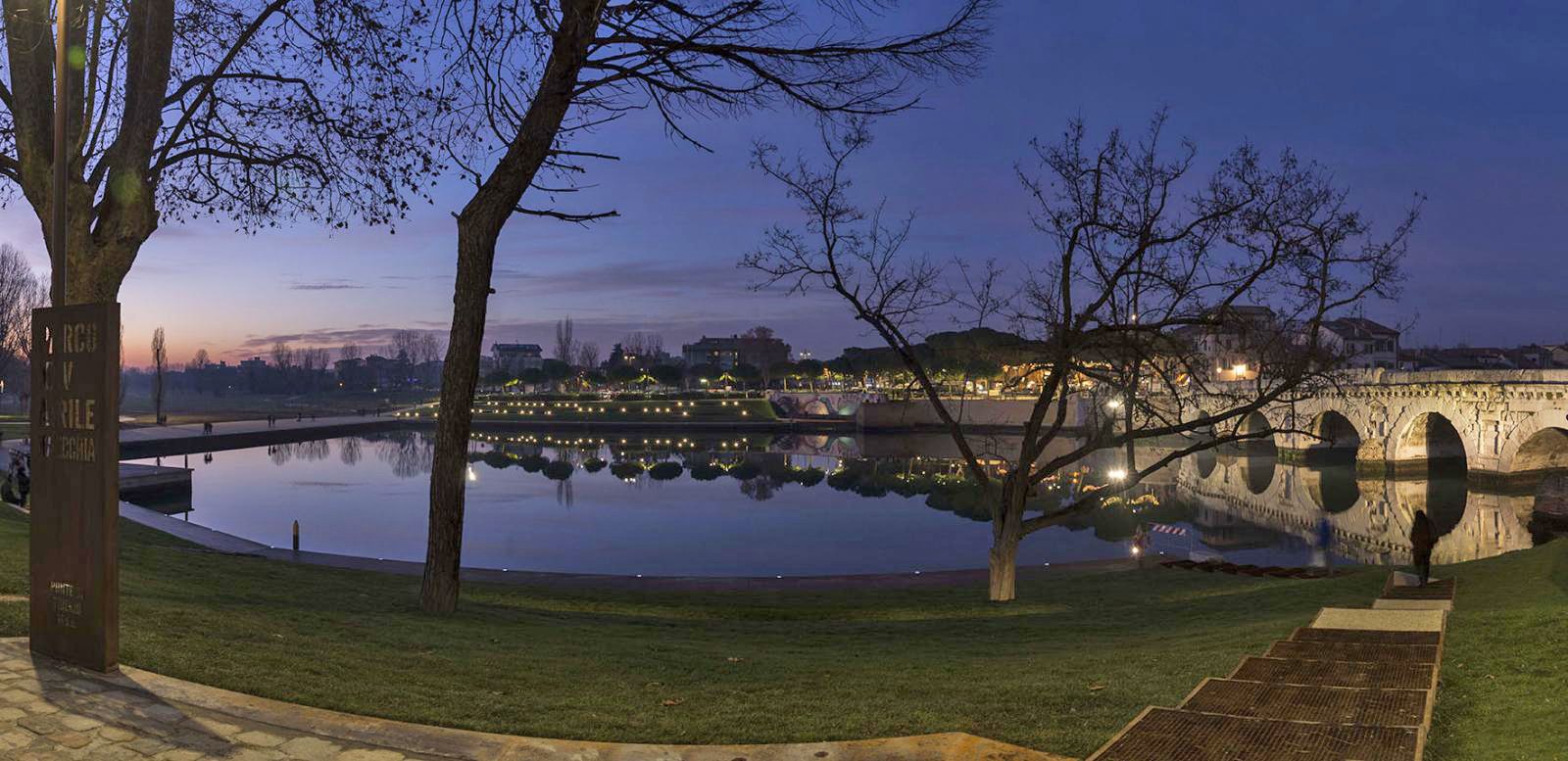
Author

Davide Marino
Davide Marino was born archaeologist but ended up doing other things. Rational – but not methodic, slow – but passionate. A young enthusiast with grey hair
You may also like
Rimini in 3 minutes: Best Things to Do and See
by Davide Marino /// November 30, 2017
Via Emilia. History and origins of a region in 10 points
by Davide Marino /// June 29, 2018
The archaeological sites of Romagna
by Davide Marino /// February 9, 2018

Interested in our newsletter?
Every first of the month, an email (in Italian) with selected contents and upcoming events.
10 good reasons to come in Emilia Romagna
by Davide Marino /// February 22, 2018
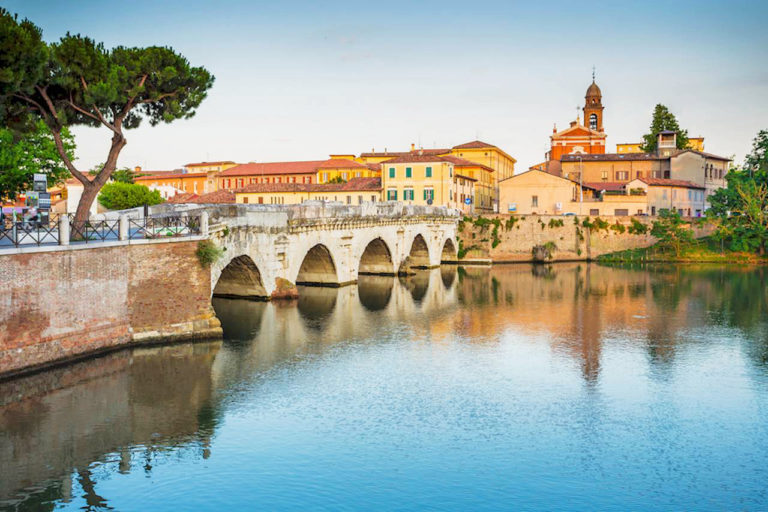
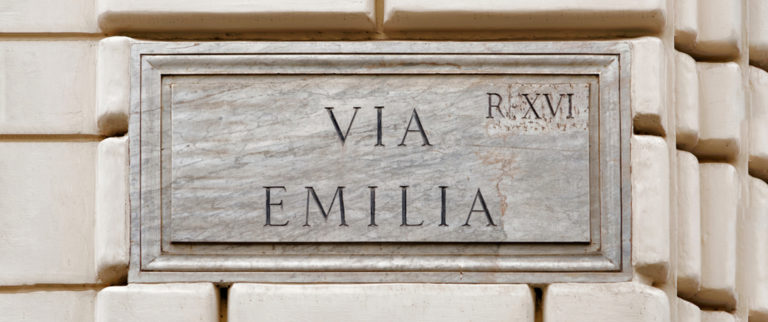
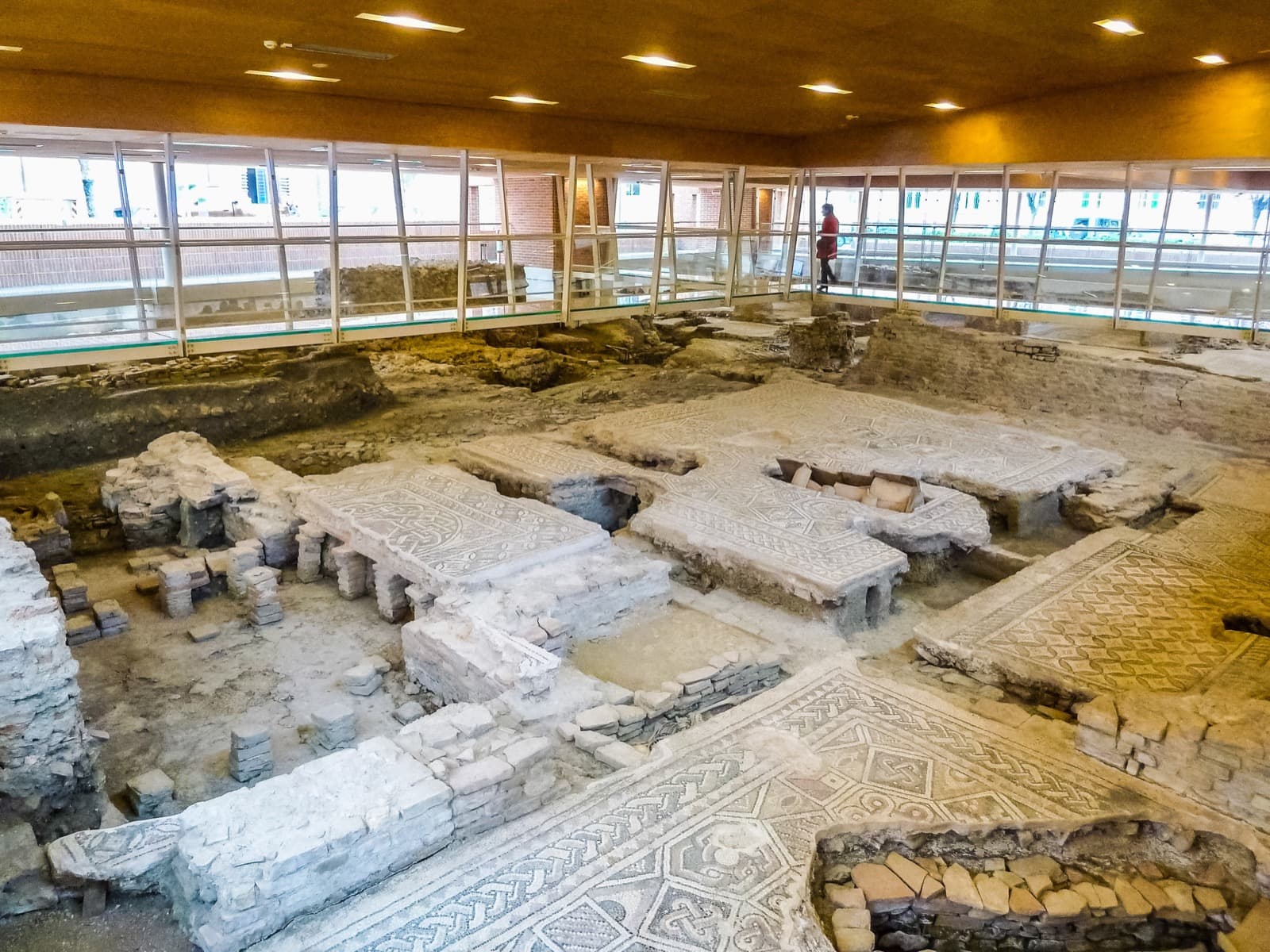
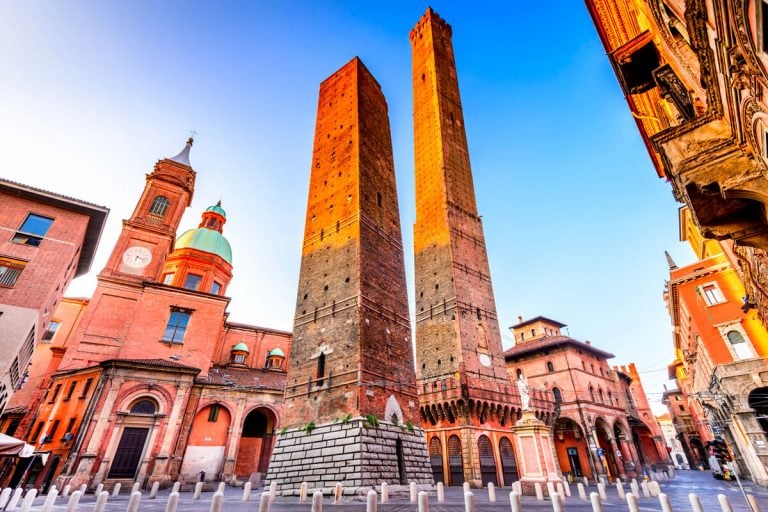
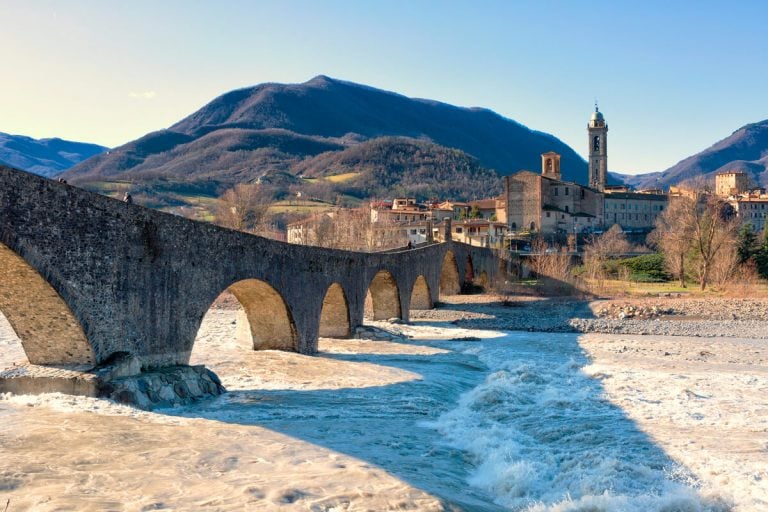
This article has one comment